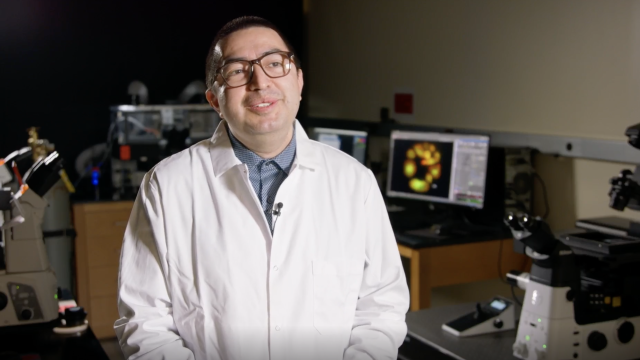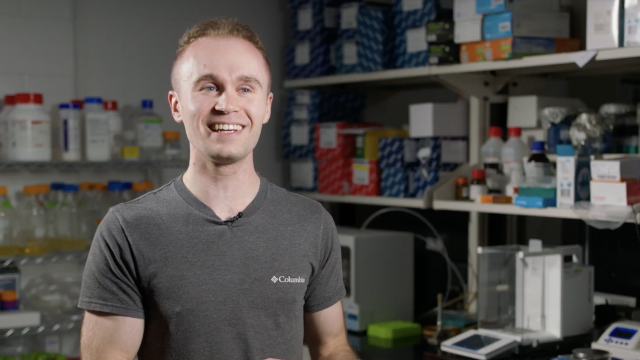The Innovator of the Year award recognizes established Ohio State researchers who are actively working to promote the commercialization of university intellectual property, through invention disclosures filed, patents applied for and/or received, technologies licensed or spin-off companies formed.
“This award is basically the tip of the iceberg. You all see the success but behind the iceberg of success is submerged all the failures, all the mistakes that we had,” Krishna said while accepting the award. “It takes a village to make an innovator, and you will see that is decades of things in the making, and lots of people who have contributed to this and I’m just this recipient of it.” He went on to thank many colleagues and students at the university and his company, through his schooling and his family.
Krishna is the George R. Smith Chair in the College of Engineering, where his lab group is developing next-generation infrared detectors, arrays and imagers. He is also co-founder and chief technical officer of SK Infrared, a startup company focused on defense, aerospace and commercial applications of infrared imaging.
During the event two additional innovators were announced to recognize innovators in different stages of their careers. Eduardo Reátegui, was named Early Career Innovator of the Year and Ian Harris was named Next Generation Innovator of the Year.
Meet the Innovators of the Year



